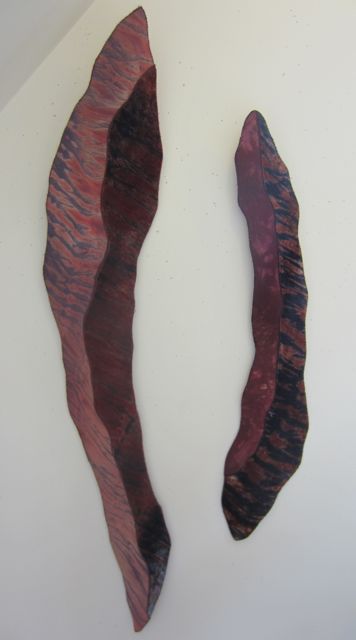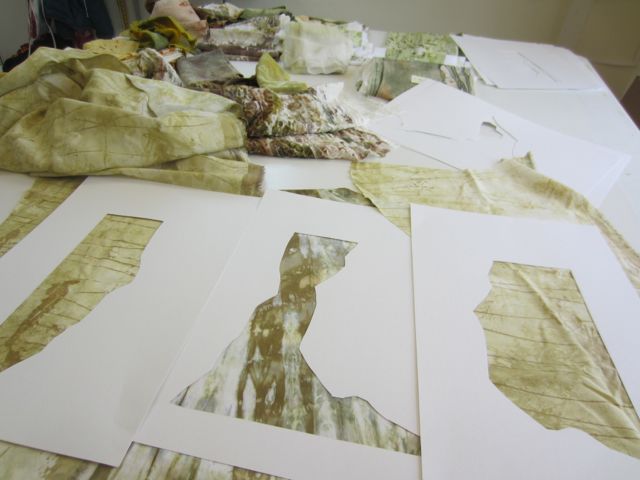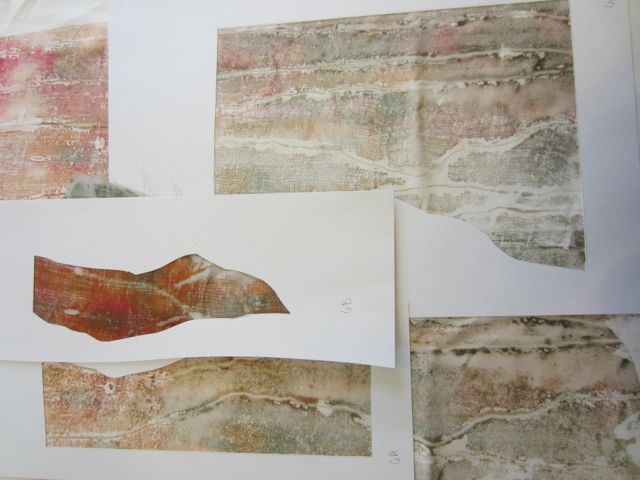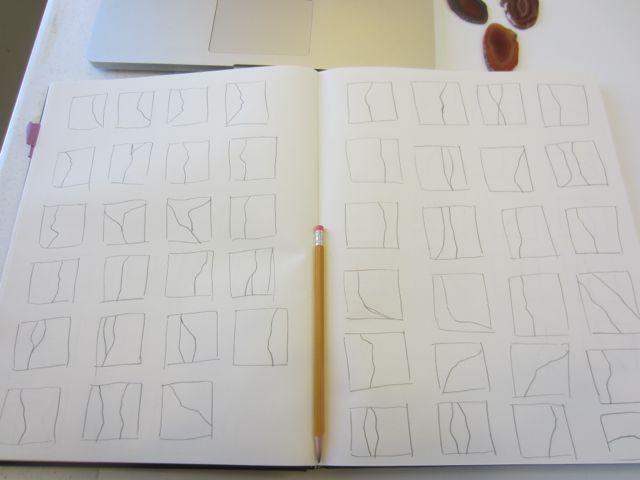Today I did a site visit and test installation at Carkeek. I needed to see the site again and visualize how the ribbons will be installed and also take some photos for the printed map.
This is really my first experience creating a public art installation. The newest wrinkle is that the Parks Dept. is worried about ligature danger from my installation. They are worried that young children will go running into the ribbons and choke. Um, did I mention the ribbons are bright orange and that there will be 20 to 30 of them stretched across the span between the trees? I really think the kids will see them.
But of course, I need to work with them to allay their fears. It’s actually amazing and a big leap on their part to allow these art installations to happen at all. Part of my compromise is to install the ribbons more as a canopy than as wall in the orchard. Revisiting the site I’m not sure how well that’s going to work. My plan is to install all the lower ribbons so that they can be taken down easily if needed. That way it will be fully realized for the opening and if I have to take part of it later, so be it. I think once they see the installation they will realize ligature really isn’t an issue.
It was a lovely morning to be at the park. The grounds keeper was weed whacking the path and the air was damp and vegetal. It was good to be there and working.































